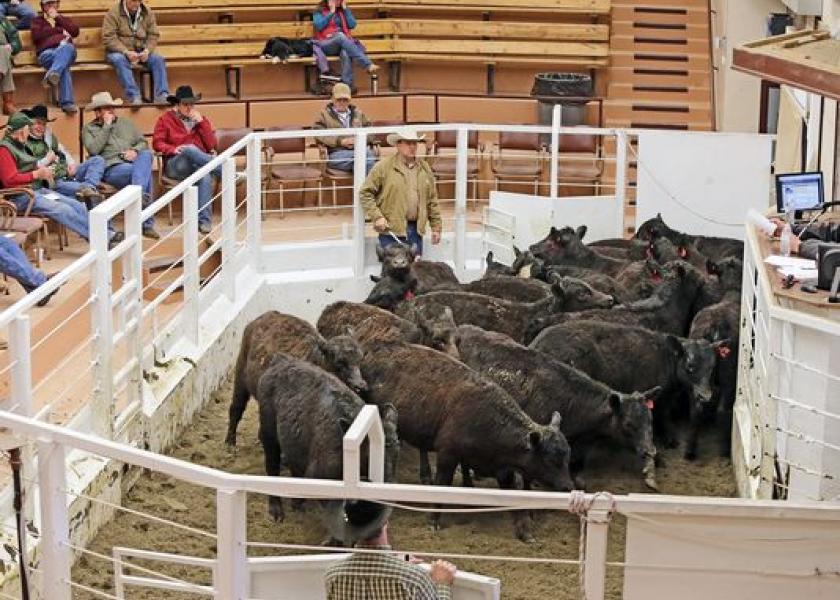Ranchers Traveling to Montana for Replacement Cattle

By: Tom Lutey, The Billings Gazette
It was only a matter of time before ranchers began replacing the 4.3 million American cattle lost to drought since 2012. Now, they're filling the void with Montana livestock.
Since early spring, buyers from as far away as Texas and Tennessee have been represented in the bleachers of Montana auction arenas, where bidding on replacement heifers has been brisk.
The trend should bolster Montana's gross income from cattle sales, which was already surging from $961 million in 2009 to roughly $1.6 billion last year, according to the U.S. Department of Agriculture.
"I've been sending some cattle as far away as Tennessee," said Scott Robbie, of Robbie Cattle Co. in Park City. "There's an interest in replacing females, and they like the quality of ours and the hardiness."
The numbers behind the trend are pretty simple. In early 2011, before drought ravaged cattle pastures from Texas to Nebraska, there were 92.8 million cattle, including calves, in the United States. Without food or water for livestock, ranchers in drought states began selling off cattle of all kinds at a breathless pace and by Jan. 1, 2014, the cattle numbers had fallen to 88.5 million.
The sell-off was the speedy part. There was no shortage of dinner plates for beef to land on, especially as more animals hit the market and retail prices softened.
But ranchers say the rebuilding will take years, starting with an increase in the number of mama cows, who will then have to be bred and drop their offspring before there's anything to be sold. In each case, the turnaround is about 18 months to two years.
It isn't just drought-state ranches who are getting in on the act. At the Miles City Livestock Commission, replacement heifers are being sold into Minnesota and Wisconsin. Owner Bart Meged said as long as cattle prices are strong — and they have been for five years running — ranchers will be looking for replacement heifers and Montana is in a good position to capitalize because of good genetics.
"I don't want to toot Montana's horn, but purebred breeders, the Angus breeders in Montana since 1957," have kept Angus Herd Improvement Records, Meged said.
Even non-fancy Montana calves tend to stand out compared to cattle in other states, which has out-of-state buyers shopping in Montana for replacement cattle.
Buyers from drought states will pick up some of the replacement heifers leaving Montana, Meged said, but the average age of farmers and ranchers producing the nation's food is pushing 60. Some of those drought-bit Texas ranchers are too old for the hard work of rebuilding.
Cattle producers will keep undoing the damage of the drought for as long as market prices stay strong, said Ty Thompson, Billings Livestock Commission cattle sale manager. Earlier, buyers were shopping for cow and calf pairs, when those became pricey, the market for replacement heifers picked up.
"Most people, ranchers and feeders both, are pretty confident in the market staying strong," Thompson said. "In my opinion, the biggest wildcard in how fast we rebuild and how long the market stays strong is the weather."







